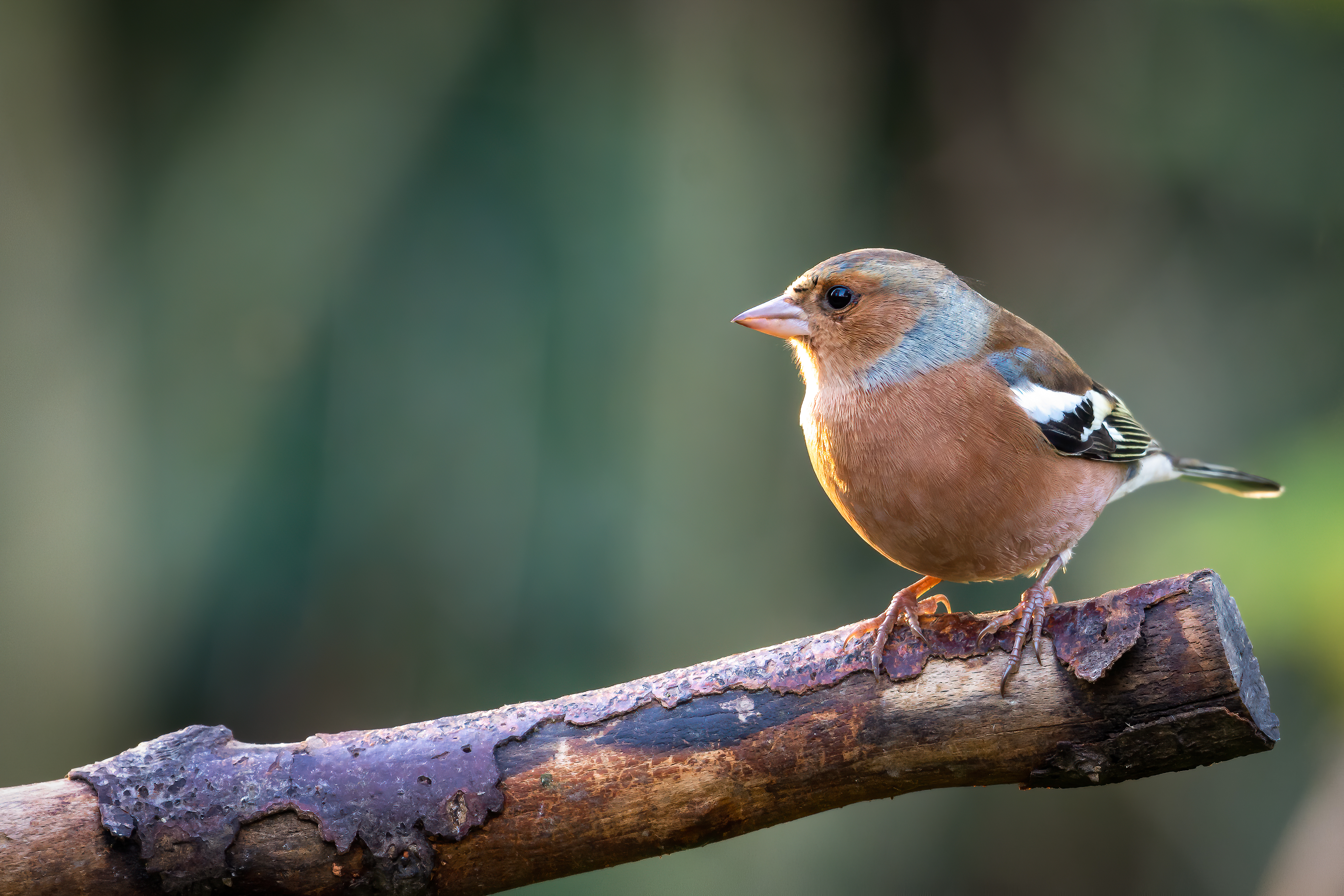this post was submitted on 09 Mar 2024
118 points (98.4% liked)
birding
3549 readers
88 users here now
A community for people who like birds, birdwatching and birding in general!
Feel free to share your photos and other birding-related content here. If a photo you post isn't yours, please credit the original creator! Additionally, it would be appreciated if the location of the sighting and a date were given when a photo or question is posted. You do not have to give the precise location, something like "Northern Idaho, June 2023" or even "North-Western US, June 2023" suffices.
founded 1 year ago
MODERATORS
you are viewing a single comment's thread
view the rest of the comments
view the rest of the comments

We get goldfinches but no chaffinches or greenfinches. I don't think there is enough woodland for them, mostly farmland, but there are a lot of teasles, which the goldfinches love for their seeds.
I would love to see any pictures you have of the greenfinches, they are such beautiful birds.
Glad you like it 😊
This is the only photo i have of any of the finches, luckily it's a green one:
My longest lens is an old manual Nikon AI 100mm (on a m43 camera) and it's too far away for when they're sitting in the tree really. They don't come to the feeder no more since i made it harder to reach for the parakeets. I am thinking about getting a longer lens though.
*sorry i have no better photo 😅
@AchtungDrempels @EvilTed too many big lenses. All bird habitats will be gone but everyone will own a 800mm $25k lens. Birding is not 100% about photography. Crazy to see hundreds of monster lenses looking at a zoo escape owl.
There are many habitat restoration projects where I live. You can visit hundreds of hectares of fens and woodland within a few K's of my home, and many more are created each year. It's not all doom. I was a birdwatcher for decades before I picked up a camera to photograph wildlife. It was a way to remember some of the beautiful things I had seen, photography for me doesn't replace the bird watching, it's an addendum.